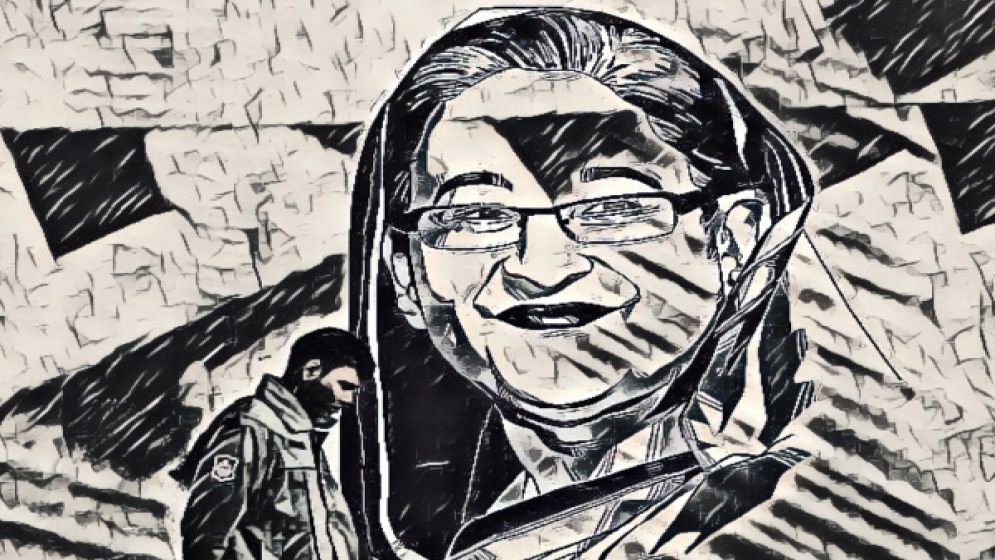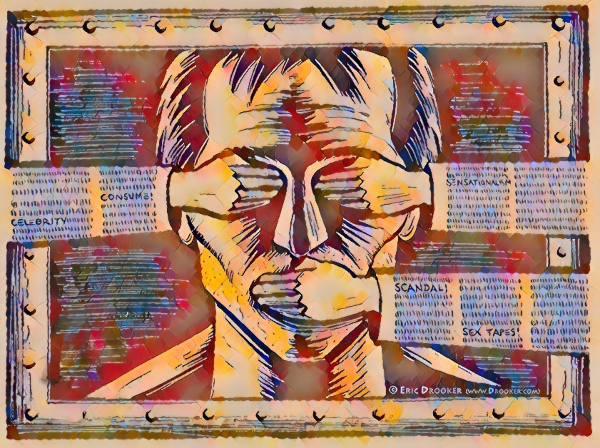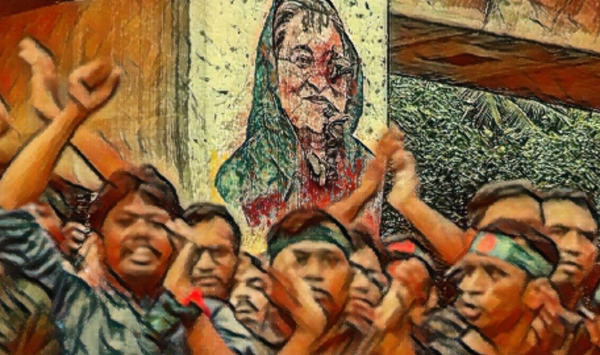Behind the façade of secularism and progressivism: The real Sheikh Hasina regime
Dilshana Parul
Publish: 02 Dec 2024, 11:11 PM

In a dramatic twist that will be etched in the annals of Bangladeshi history, former Prime Minister Sheikh Hasina fled the country on August 5, 2024—an event now known as the 36th of July in the timeline of the July Uprising.
Just six months earlier, in December 2023, Forbes magazine, renowned for its rankings of global influence, named her the 46th most powerful person in the world and the 9th most powerful woman.
This recognition followed a similar accolade in 2022, where she was ranked 42nd and celebrated as the longest-serving leader of Bangladesh.
To any observer reading such endorsements, Sheikh Hasina seemed an indomitable figure—a leader with unmatched political longevity, winning four consecutive elections.
Her global image, bolstered by numerous international accolades, painted a picture of stability and resilience.
Yet, this begs a striking question: how could someone heralded as a symbol of strength and global influence find herself ousted and exiled within months of such recognition?
The answer lies in a glaring dichotomy between how Sheikh Hasina was perceived abroad and how her rule was experienced within Bangladesh.
While the West and neighboring India championed her as a steadfast ally in the "war on terror," this narrative failed to resonate with ordinary Bangladeshis.
For many within the country, the "war on terror" often appeared to be less about combating extremism and more about consolidating power, suppressing dissent, and manipulating political discourse to secure her dominance.
International praise for her efforts to curb Islamist militancy often overshadowed the domestic realities of growing authoritarianism.
Under her rule, political opposition was stifled, dissenters were silenced, and democratic institutions were eroded.
The gap between the glowing endorsements from the global stage and the lived experiences of Bangladeshis widened, fueling unrest and dissatisfaction.
The July Uprising, culminating in her abrupt departure, underscores the consequences of this divergence.
While Sheikh Hasina's narrative may have resonated with international audiences, it starkly conflicted with the realities on Bangladeshi soil. Her fall from power is a stark reminder of the limits of external validation when domestic discontent is ignored.

Masquerading facade and divide and
rule strategy
Sheikh Hasina’s trajectory serves as a cautionary tale for leaders who prioritize global acclaim over addressing the concerns of their own people.
It is a lesson in the fragility of power built on a foundation that lacks the support of those it seeks to govern.
Sheikh Hasina has long been portrayed as a secular woman leader in a Muslim-majority nation, lauded for her relentless fight against Islamist militancy.
This carefully crafted narrative, embraced by the Western world, paints her as a steadfast defender of progressivism in the face of extremism. Yet, for many in Bangladesh, the "war on terror" under her regime tells a markedly different story.
To understand the discrepancies in these narratives, one must first examine how the Hasina administration operates.
Over her tenure, the regime successfully aligned nearly all media outlets with the Awami League's political agenda. Whether through coercion or calculated compliance, these media channels amplified the narrative of a rising Islamist threat in Bangladesh.
This messaging was further bolstered by the Digital Security Act (DSA), a controversial law that curtailed free speech and stifled citizens’ rights to share information.
The DSA became a key tool for silencing dissent and controlling the national discourse, ensuring that the government’s "war on terror" rhetoric remained unchallenged.
This rhetoric gained traction, aided by Bangladesh’s complex political history. The controversial role of Islamic political parties during the 1971 War of Independence sowed seeds of mistrust, while the country’s Muslim-majority demographics lent plausibility to the notion of an Islamist uprising.
Socio-cultural and political dynamics also played a significant role. Political narratives in Bangladesh have historically been shaped by the urban middle class, particularly in Dhaka.
Despite their modest financial means, this group wields significant intellectual and cultural influence, often aligning with the Awami League’s secularist agenda.
This urban elite’s cultural and ideological disconnect from rural communities has long fueled a sense of “otherness” that the Hasina regime capitalized on.
Rural Bangladesh, with its traditional social values, often stands at odds with the urban population’s embrace of Western ideas of secularism, women’s rights, and progressive politics.
Over the past 16 years, this divide has deepened, exacerbated by the regime’s strategic manipulation of cultural mistrust.
By exploiting this urban-rural gap, the Awami League reinforced its divide-and-rule strategy, solidifying its political dominance while sidelining rural voices.

The fall of a troubled giant and its
faulty narrative
In the end, the regime’s strategy has left a nation divided—its urban middle class entrenched in political hegemony, its rural communities marginalized, and its democratic institutions weakened under the weight of authoritarianism.
The "war on terror" in Bangladesh is not merely a counter-extremism effort; it is a reflection of the country’s fractured socio-political fabric, manipulated to serve the interests of those in power.
Sheikh Hasina’s image as a secular and progressive leader owes much to the belief system of Bangladesh’s educated middle class.
This narrative, shaped by urban intellectuals and cultural elites, has allowed her to project a veneer of modernity and progressivism.
For this class, the realities of her governance—such as the alleged siphoning of $150 billion out of the country and the estimated 6,000 citizens killed or abducted for their political dissent—seem secondary to her carefully curated persona.
Central to Hasina’s strategy has been the exploitation of the "Islamic militancy" narrative. By perpetuating this myth, her regime has justified crimes against humanity under the guise of fighting extremism.
Individuals were abducted or killed by government agencies, often without credible evidence, based on mere suspicion of links to militancy. This systematic repression, cloaked in the rhetoric of counterterrorism, has silenced opposition and consolidated her power.
Hasina’s portrayal as a secular leader who champions cultural expressions like dance and theatre, and advocates for women’s empowerment, has served to legitimize actions that would otherwise provoke outrage.
This façade of progressivism has not only masked the regime’s atrocities but has also earned her endorsements from the Western world, which largely overlooks the darker realities of her rule.
The stark contradiction between Hasina’s image and her government’s actions underscores how effectively the narrative of secularism has been weaponized. While her leadership is celebrated internationally, the human cost of her policies—countless lives lost, families shattered, and dissent stifled—remains a grim testament to the price of maintaining this illusion.
—
Dilshana Parul is a writer and an activist
